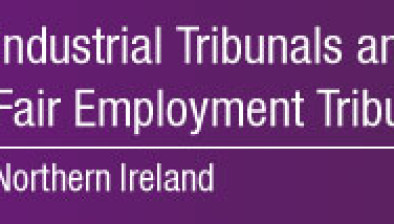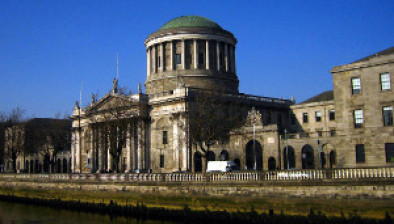NI: Court of Appeal: Ramps not ‘qualifying facilities’ for the purpose of rates relief
The Court of Appeal in Belfast has found that the Northern Ireland Valuation Tribunal erred in its interpretation of the Rates (Northern Ireland) Order 1977 when it found that ramps were qualifying facilities for the purpose of being granted rates relief under the legislation.

About this case:
- Court:Court of Appeal
- Judge:Lord Justice Stephens
Delivering the judgment of the Court, Lord Justice Ben Stephens said that the legislation was designed to remedy the situation where additional facilities and space would result in a higher rates valuation – and that since the installation of ramps did not impact the rateable value, the Tribunal’s interpretation undermined the purpose of the legislation.
Background
Mary Quinn, a person with a disability for the purposes of article 31A of the Rates (Northern Ireland) Order 1977, applied to the Department of Finance for special rates relief in the form of Disabled Person’s Allowance. The Department refused the application on the basis that there were no qualifying facilities in her home.
On appeal to the Northern Ireland Valuation Tribunal in April 2017, Mrs Quinn was awarded Disabled Person’s Allowance on the basis of ramps to the front and back door of her home being qualifying facilities pursuant to article 31A(2)(a) of the Rates (Northern Ireland) Order 1977.
Article 31A(2)(a) of the Rates (Northern Ireland) Order 1977 states that rate rebates should be granted to persons with a disability, in respect of:
- a hereditament in which there is a facility which is required for meeting the needs of a person who resides in the hereditament and has a disability, including a facility of either of the following descriptions:
- a room, other than a kitchen, bathroom or lavatory, which is wholly or mainly used (whether for providing therapy or for other purposes) by such a person; or
- an additional kitchen, bathroom or lavatory;
While ramps were not listed, the Tribunal held that they were qualifying facilities on the basis that they “were facilities necessary to meet the respondent’s needs, specifically the need to gain access to and from her home”.
The Department applied for a review of the decision, contending that the Tribunal erred in interpreting the legislation. The Tribunal rejected the Department’s submission that the word “including” had no relevance and should be ignored for the purposes of interpreting the legislation; and took the view that the phrase “including either of the following” should be read as meaning that what followed were examples of facilities that could attract the relief but that the class of facilities was not a closed one.
Furthermore, the Tribunal was of the view that the word “facility” should be given its normal and usual meaning so that the ramps satisfied the requirement in that they were “a facility which is required for meeting the needs of a person who resides in the hereditament and who has a disability”.
Court of Appeal
The principal question for the Court of Appeal was what meaning should be attributed to the word “including” in article 31A(2)(a) of the Rates (Northern Ireland) Order 1977.
To resolve the meaning of the word “including” in article 31A(2)(a), the Court said it was permissible to look to the purpose of the legislation and its historical context. The Court accepted that the fundamental purpose of Article 31A was “to provide rate relief where a dwelling’s rateable value is increased by the facility which is required for meeting the needs of a person who resides in the hereditament and who has a disability”, that this purpose could be “clearly discerned from article 31A(11) as originally enacted in 1979”, and that the Disabled Person’s Allowance was designed to remedy additional space and facilities that result in a higher valuation.
That purpose of the legislation as originally enacted was to prevent a situation where persons with disabilities would be penalised for needing more space and special facilities in their home, which can result in a higher valuation than would otherwise be the case if the space or facilities were not required – since the installation of ramps had no impact on the rateable value, granting a rebate would undermine the purpose of the legislation.
The Court was also satisfied that there was an exclusive element in subsections (i) and (ii) in that a “kitchen, bathroom or lavatory” is excluded unless it is “additional”, and that those subsections “perform the function of limiting the preceding words”.
As such, the Court found that the Tribunal had erred in its interpretation of article 31A(2)(a).
- by Róise Connolly for Irish Legal News











